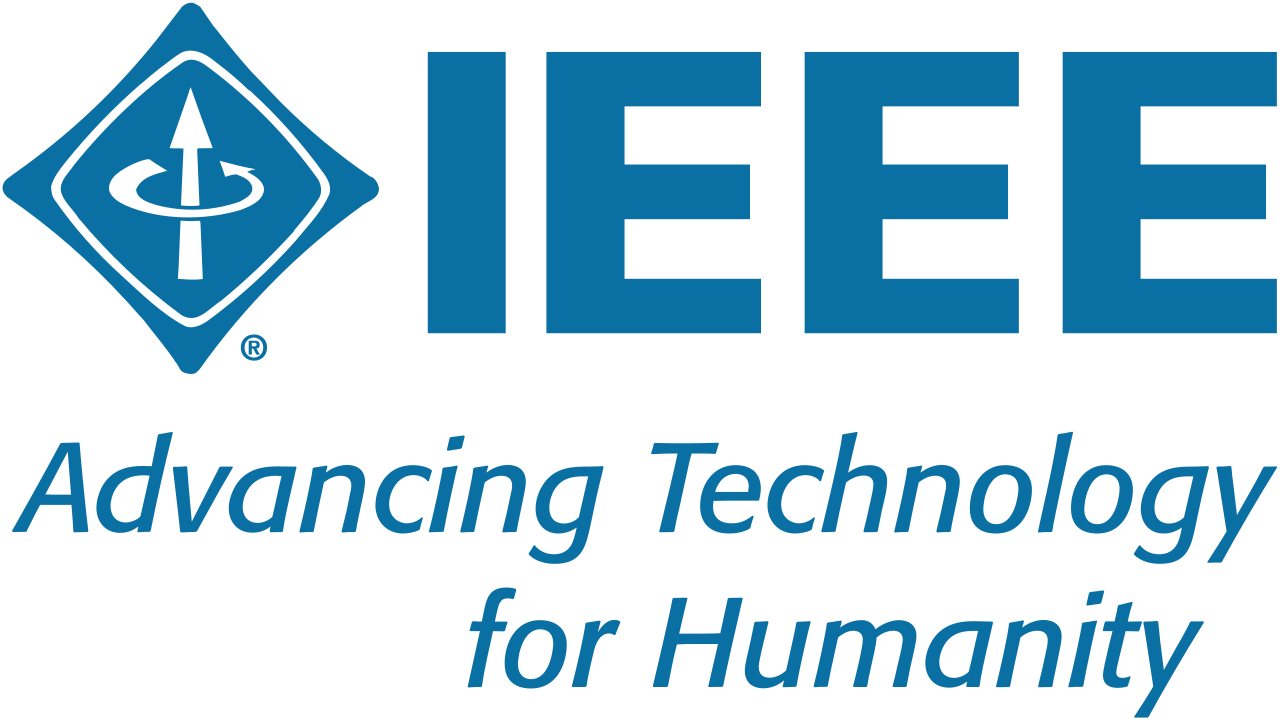Web Design for Stroke Early Detection Using Decision Tree C5.0
Abstract
Stroke is a disease that needs serious attention because it can cause disability and even death. According to World Health Organization (WHO) in 2022, stroke is the second leading cause of death and a leading cause of disability in the world. In Indonesia, stroke is the first leading of non-communicable disease proportion according to Riset Kesehatan Dasar in 2018. This study aims to design a web application that can help stroke early detection in a person so that people are more concerned about preventing a stroke. This study used Decision Tree (DT) C5.0 method by utilizing 10 stroke risk factors to analyze the risk of stroke in a person. Decision Tree method can break down complex datasets into several simple rules illustrated by a tree, hence the name Decision Tree. The DT C5.0 is one kind of Decision Tree method that has fast performance in classifying data compared to other methods. Therefore, this study observes how DT C5.0 works in detecting stroke risk. The output of this web application is a statement whether a person has a stroke risk or not. The secondary dataset used for model development totaled 5,109 data consisting of 249 stroke patient data and 4,860 non-stroke patient data. In this study, data balancing and cross validation were carried out so that the performance of the training results model was obtained, namely accuracy 83.54%, precision 78.67%, sensitivity 92.20%, and specificity 74.87%. Furthermore, the performance of the test results model is accuracy 84.42%, precision 79.26%, sensitivity 93.10%, and specificity 75.80%.
Keywords
References
WSO, “Global Stroke Fact Sheet 2022,” 2022. Accessed: Aug. 18, 2022. [Online]. Available:https://www.world-stroke.org/assets/downloads/WSOGlobalStrokeFactSheet.pdf
WHO, “World Stroke Day 2022,” World Health Organizarion, Oct. 29, 2022. https://www.who.int/srilanka/news/detail/29-10-2022-world-stroke-day-2022 (accessed Jan. 10, 2023).
Kemenkes RI, “Hasil Utama RISKESDAS 2018,” 2018. Accessed: Aug. 18, 2022. [Online]. Available: https://kesmas.kemkes.go.id/assets/upload/dir_519d41d8cd98f00/files/Hasil- riskesdas-2018_1274.pdf
Venketasubramanian N, Yudiarto FL, Tugasworo D. Stroke Burden and Stroke Services in Indonesia. Cerebrovasc Dis Extra. 2022;12(1):53-57. doi: 10.1159/000524161 .
A. K. Boehme, C. Esenwa, M. S. v Elkind, M. Fisher, C. Iadecola, and R. Sacco, “Stroke Risk Factors, Genetics, and Prevention Stroke Risk Factors, Genetics, and Prevention,” Stroke Compendium, pp. 472–495, 2017, doi: 10.1161/CIRCRESAHA.116.308398.
Muller-Nordhorn, J, Nolte, CH, Rossnagel, K, Jungehulsing, G, Reich, A, Roll, S, et al. Knowledge about risk factors for stroke: a population-based survey with 28,090 participants. Stroke. (2006) 37:946–50. doi: 10.1161/01.STR.0000209332.96513.82.
Mohammad, Sikender M. Artificial Intelligence In Information Technology. International Journal Of Innovations In Engineering Research And Technology [IJIERT]. 2020;7(6):168- 175. http://dx.doi.org/10.2139/ssrn.3625444
T. Liu, W. Fan, and C. Wu, “A hybrid machine learning approach to cerebral stroke prediction based on imbalanced medical dataset,” Artif Intell Med, vol. 101, 2019, doi: 10.1016/j.artmed.2019.101723.
G. Sailasya and G. L. A. Kumari, “Analyzing the Performance of Stroke Prediction using ML Classification Algorithms,” International Journal of Advanced Computer Science and Applications, vol. 12, no. 6, 2021, doi: 10.14569/IJACSA.2021.0120662.
Jijo, Bahzad Mohsin Abdulazeez, Adnan. Classification Based on Decision Tree Algorithm for Machine Learning. Journal of Applied Science and Technology Trends. 2021:2(1). 20-28.
J. Peng, C. Chen, M. Zhou, X. Xie, Y. Zhou, and C. H. Luo, “A Machine-learning Ap- proach to Forecast Aggravation Risk in Patients with Acute Exacerbation of Chronic Ob- structive Pulmonary Disease with Clinical Indicators,” Sci Rep, vol. 10, no. 1, 2020, doi: 10.1038/s41598-020-60042-1
O. A. Nastiti, “Sistem Pakar Klasifikasi Stroke dengan Metode Naive Bayes Classifier dan Certainty Factor Sebagai Alat Bantu Diagnosis,” Surabya, Jun. 2016. Accessed: Aug. 20, 2022. [Online]. Available: http://repository.unair.ac.id/50732/13/50732.pdf
Hasanah, Iswatun Purwanti, Endah Widiyanti, Prihartini. Design and Implementation of an Early Screening Application for Dengue Fever Patients Using Android-Based Decision Tree C4.5 Method. International Journal on Advanced Science, Engineering and Information Technology. 2020:10. 2237. 10.18517/ijaseit.10.6.5771.
H. Rajora, N. Punn, S. Sonbhadra, and S. Agarwal, Web based disease predic- tion and recommender system. 2021. Accessed: Aug. 19, 2022. [Online]. Available: https://www.researchgate.net/publication/352209191Web_based_diseas prediction and rec- ommender system.
REFERENCES 147
Fedesoriano, “Stroke Prediction Dataset,” Kaggle Dataset, 2020. https://www.kaggle.com/datasets/fedesoriano/stroke-prediction-dataset/discussion/237113 (accessed Aug. 21, 2022).
MenKes RI, “Peraturan Menteri Kesehatan Republik Indonesia Nomor 25 Tahun 2016 ten- tang Indonesia Rencana Aksi Nasional Kesehatan Lanjut Usia Tahun 2016-2019,” Peraturan Menteri Kesehatan Republik Indonesia. Indonesie, 2016.
KemenKes, “Kementerian Kesehatan Republik Indonesia,” Kementerian Kesehatan Republik Indonesia, 2013. https://www.kemkes.go.id/index.php?txtKeyword=glukosaact=search-by- mappgnumber=0charindex=strucid=1280fullcontent=1C-ALL=1 (accessed Jan. 19, 2023).
Kemenkes, “Tabel Batas Ambang indeks Massa tubuh (IMT) - Di- rektorat P2PTM,” Kementerian Kesehatan Republik Indonesia, 2019. https://p2ptm.kemkes.go.id/infographicp2ptm/obesitas/tabel-batas-ambang-indeks-massa- tubuh-imt (accessed Jan. 19, 2023).
ISO, “ISO - ISO/IEC 25010:2011 - Systems and software engineering — Systems and software Quality Requirements and Evaluation (SQuaRE) — System and software quality models,” Mar. 2011. https://www.iso.org/standard/35733.html (accessed Aug. 23, 2022).
DOI: 10.33751/komputasi.v20i2.8265
 Abstract views : 370
Abstract views : 370
Refbacks
- There are currently no refbacks.

This work is licensed under a Creative Commons Attribution 4.0 International License.









